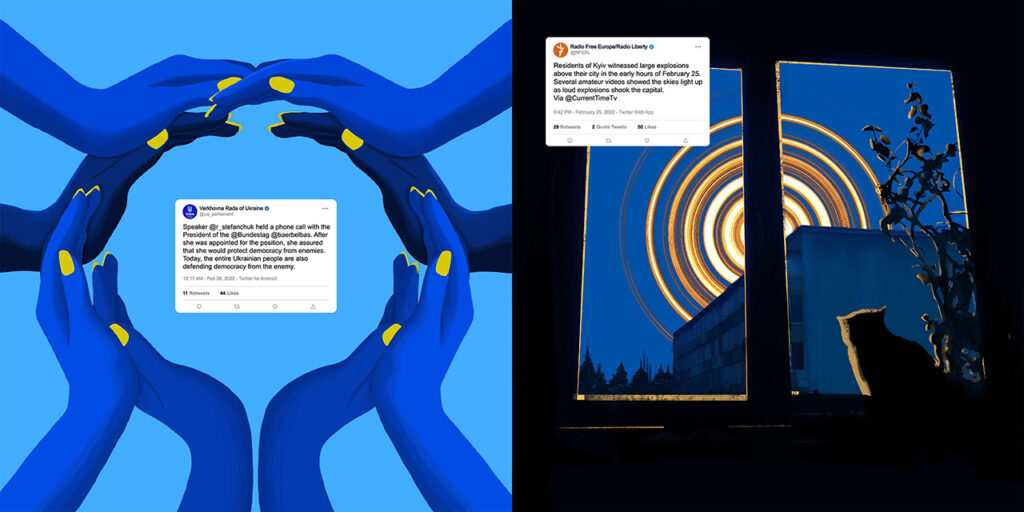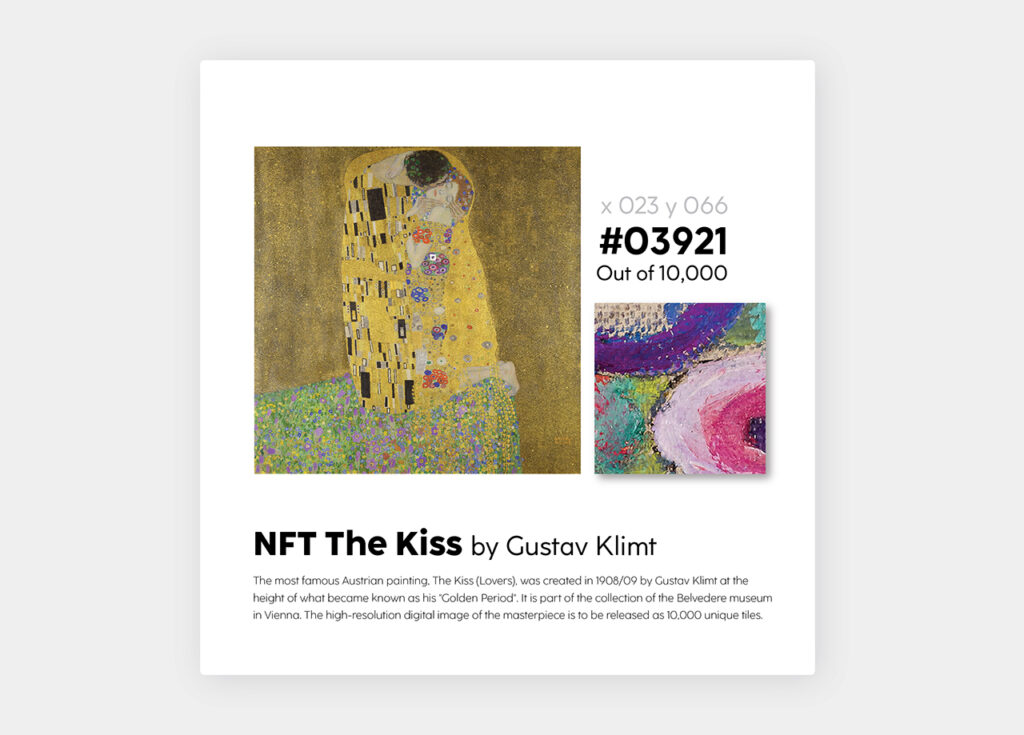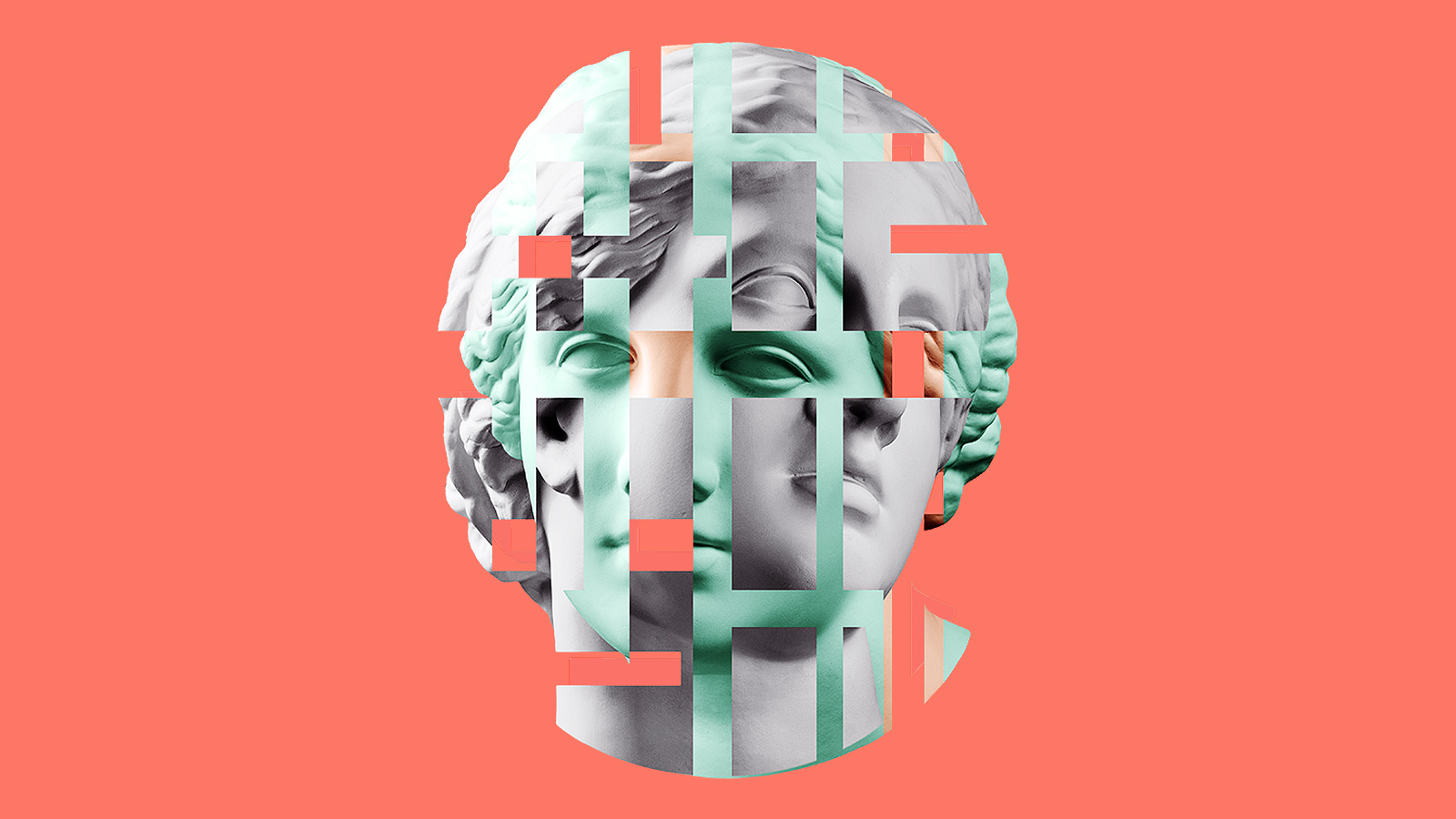For museums hoping to thrive in a climate that’s been economically roiled by a pandemic and radically transformed by a digital and social awakening, the blockchain surely represents an attractive avenue. With it, a handful of art institutions have embarked on NFT sales and programs, and opened the door to cryptocurrency — all in a bid to generate revenue and engage audiences with tech-forwardness. But rising alongside this eagerness to embrace the buzzy technology are also real questions about how it might play a sustained and sustaining role within museums.
As Diane Drubay, Founder of We Are Museums and Arts and Culture Advisor for the Tezos ecosystem at TZ Connect, tells Jing Culture & Commerce, “The blockchain world tends to play with headlines and big numbers while the culture world looks for art, quality relationships, and projects of purpose. A new narrative around Web3 has to be told, but above all, understood and analyzed.”
Which explains the thinking behind WAC Fellowship, launched by TZ Connect and We Are Museums’ Unlocking Web3 for the Arts and Culture (WAC) lab, in partnership with Blockchain Art Directory 2.0. Currently open to applications, the program will onboard eight cultural institutions onto Web3, with participants receiving not just an education in NFTs and the blockchain, but guidance on how these new technologies can help fundraise, drive membership, and further museums’ commitment to social and environmental justice. “With the fellowship,” adds Drubay, “we also want to start experimenting with the technology, exploring new use cases, and creating a network of Web3 literates in the arts and culture.”

The WAC Fellowship aims to onboard eight cultural institutions, with participants receiving guidance on NFTs, the blockchain, and their various utilities. Image: We Are Museums
Crucially, the program emerges from weekly discussions, dubbed WAC Weekly, and co-hosted by Drubay and blockchain consultant Fanny Lakoubay. In these open conversations, unburdened by any particular agenda, insights are shared and questions are asked as museum and cultural practitioners jointly navigate the possibilities and pitfalls of Web3. “The need for trusted knowledge and peer support is huge and urgent,” says Drubay, underscoring community as a key aspect of the new on-chain landscape.
Below, Drubay expands on her observations of how museums are engaging the blockchain and shares learnings from WAC Weekly, including a contribution from Harry Martin, Art and Content Manager at LAL ART Crypto Art Advisory.
Why is it important for the arts and cultural sector to begin thinking about Web3?
Drubay: In a world where uncertainty has become the new normal, cultural institutions have to adapt to new social models and interests to stay relevant for their present and future audiences. By shifting governance from a centralized and private economy, Web3 opens up possibilities with technologies based on decentralization. Bringing Web3 technologies into the arts and culture not only means better listening and sharing governance, it also implies new kinds of interactions with creators, marketplaces, and collectors. Web3 is a new space in the art and culture ecosystem, with its own stakeholders, speed, and rules. Not trying to understand it today is just like ignoring social media a decade ago.

“Buying a NFT to donate to a social cause or using tokens to vote for a community project,” says Drubay, “are two simple uses of the blockchain which could change the way our social systems work.” Image: NFTs by Alina Litv (left) and Ivan Ponomarchuk (right) for Meta History: Museum of War
One key factor when it comes to Web3 is the onboarding of general audiences. What more needs to be done to educate the audiences about this new technology?
Drubay: I believe two things are missing today: experimentation and experience. First, we need more diversity in the way we use these new technologies so they are not always related to a financial reward but can start to solve other challenges, whether small or systemic ones. Second, we need people to experience what it means to create a NFT or to buy one, and also to use a smart contract or run a node. Buying a NFT to donate to a social cause or using tokens to vote for a community project are two simple uses of the blockchain which could change the way our social systems work.
A number of museums have launched their own NFTs as a fundraising mechanism. For those who have faced tepid sales responses, what is missing in the equation?
Martin: To respond to museums’ tepid sales responses, we first need to question their approaches towards the NFT medium. What underpins the value of an NFT? Why would someone want to own a digital artwork or an edition of a pre-existing artwork? Who are the buyers of NFTs — are they traditional art world patrons or budding collectors already in the NFT space? How do collectors learn about museums’ NFT sales, and what are the most appropriate channels for their audiences?
Not all of these questions are answered in every NFT project. Let’s look at the Belvedere Museum’s The Kiss NFT drop as an example. Each NFT is valued at 0.65 ETH, a historic price of $2,100; the 1/1 Klimt NFTs are collectively estimated at around $21 million (according to Cointelegraph). Since February 21, the Belvedere reports to have raised €3.2 million ($4,717,745) from the original NFTs’ estimated value, leaving $16,282,255 in unsold potential. Museums’ incentives are not always enough to capture the full attention of collectors. Without a roadmap with visible impacts in gallery operations beyond royalties, NFTs may resemble a cash grab.

In time for Valentine’s Day in 2021, the Belvedere Museum fractionalized Gustav Klimt’s “The Kiss” into 10,000 unique tokens, which were each sold at around €1,850. Image: artèQ
Could you also speak to the community-centric aspect of Web3 as it applies to museums? What does this community present to cultural organizations, and in turn, how can they best serve this community?
Drubay: The museum sector has been looking at new ways to engage with their audiences for decades now. But what makes the difference between a passive and an actively engaged visitor is the readiness to welcome unexpected ideas or content in the museum. If you want your visitor to really engage with the exhibition or the institution, you have to learn how to let go. Creating this kind of relationship deserves time and deep listening, but even more, agility and the ability to become permeable to visitor’s feedback or needs.
In your view, what are some yet untapped opportunities that the NFT space and metaverse hold for cultural organizations?
Drubay: The use of NFTs is still quite poor today. [Most projects are] run by artists, creators and collectors; we lack use cases by other types of stakeholders with other needs and resources. For instance, museums or foundations could start exploring semi-fungible tokens to share ownership of an artwork or to co-produce an exhibition. Equally, smart contracts are not really used at their best, leaving aside smart ways to automate decisions and revenue sharing. The relation between IRL and virtual is at its beginning. We could imagine installations or exhibitions changing in both realms at the same time, in various locations, depending on data collected by sensors or transactions.
At an industry-level, decentralization can quickly mean globalization, which is highly exciting for place-based institutions. From peer-to-peer, we can go to museum-to-museum where collaboration will become a habit when producing research programs and exhibitions. We are just at the beginning; let’s explore and experiment.



